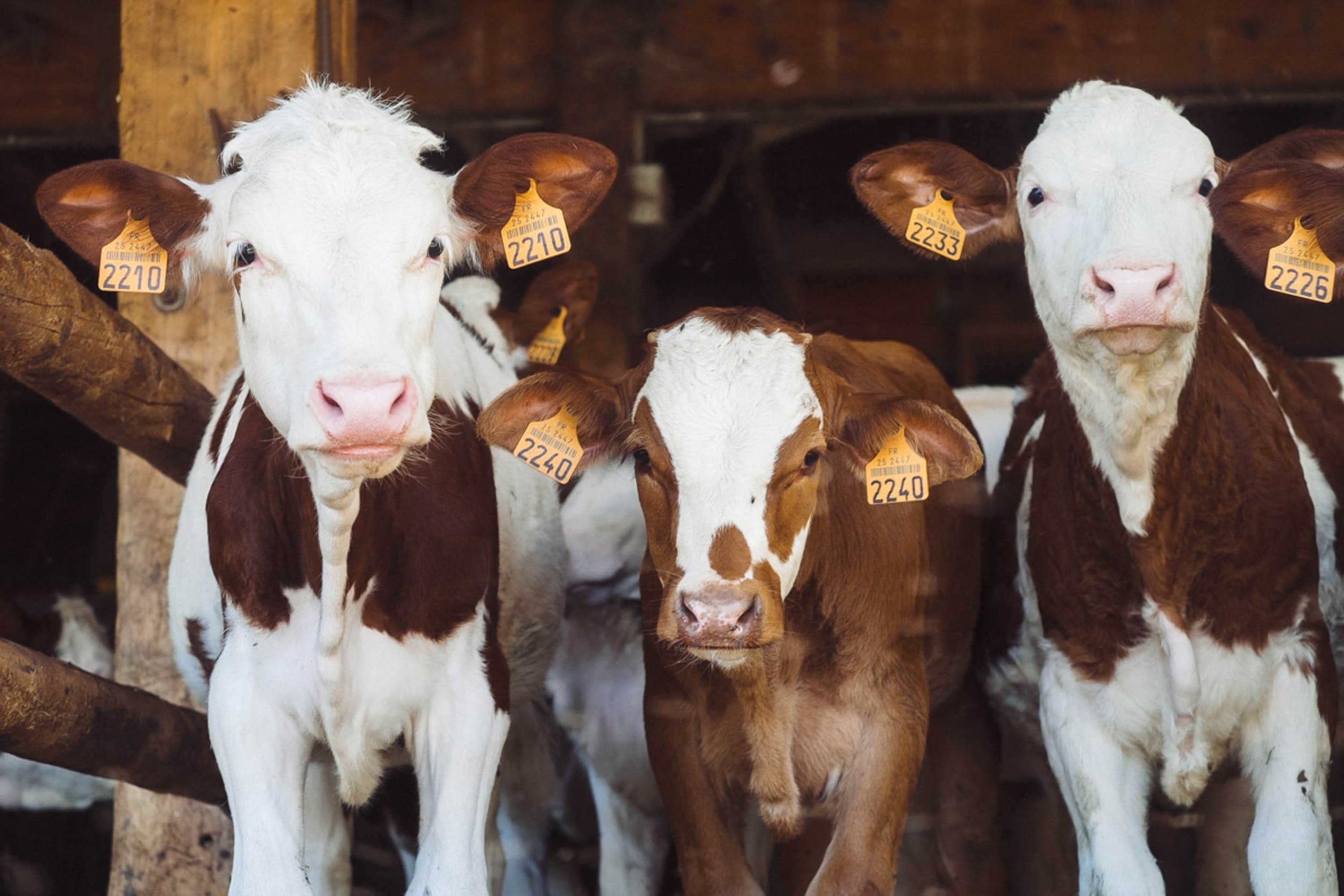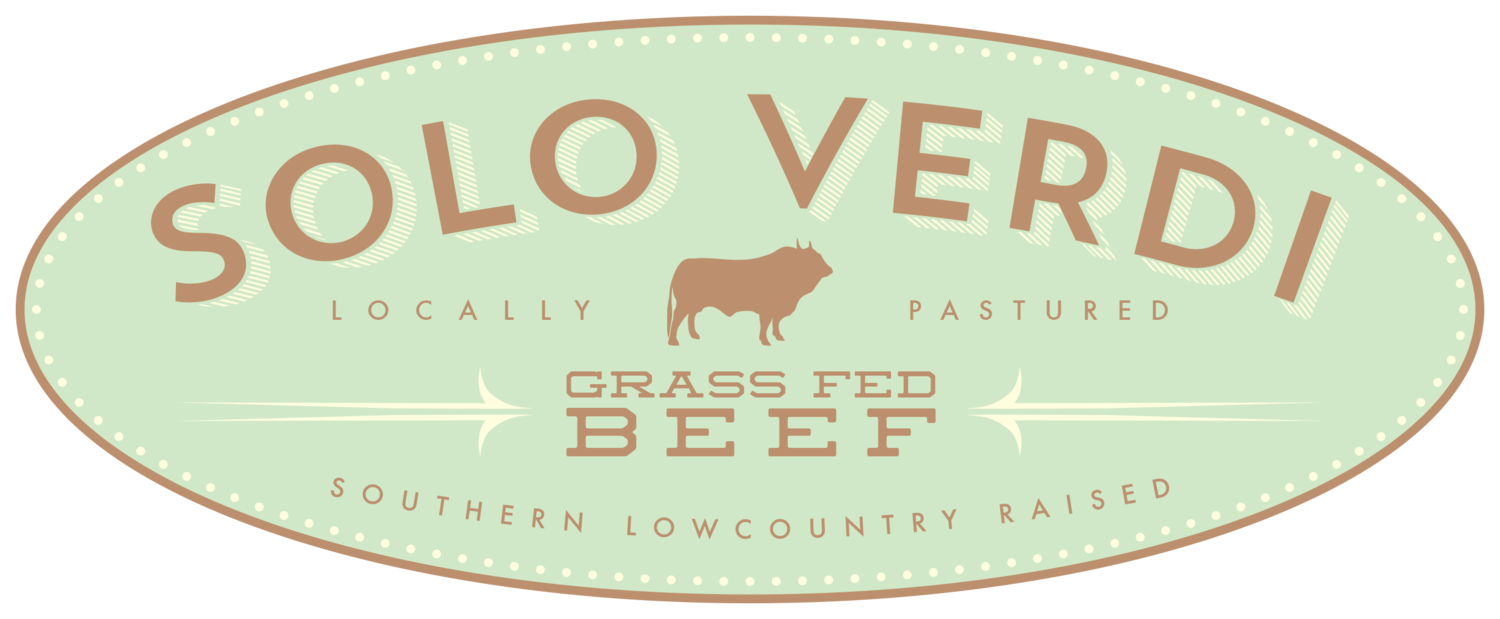
Frequently Asked Questions
Why is Dry Aging So Important?
A large part of the secret to creating flavorful, tender beef is aging. The process typically lasts for three to four weeks. During this time around 20% of the weight is lost to water evaporation. This, plus the concentration of the microscopic fats within the meat fibers, creates a much richer flavor. We dry age our beef for a minimum of three weeks.
Why is Pasture-Finished Beef More Expensive?
Conventional factory farming methods are used to produce roughly 95% of all beef marketed to consumers. It is untraceable and of inferior quality. Likewise, the confined feedlot operation is a corner-cutting ploy that is inhumane and unhealthy for the cow, the consumer and the planet.
Isn’t Cattle Farming Bad for the Environment?
Yes! If it is raised by the conventional factory farming model. Purely pastured, grazing animals are likely greenhouse gas neutral at worst and create a net negative emission rate at best. Closely cropped perennial grasses are extremely carbon thirsty. Grazed pastures are very likely to be carbon sinks.
I Know Grassfed is Better for You, But Can’t It Be Dry and Tough?
Absolutely. Cows with a genetic heritage that involved conventional grain finishing will almost never marble nicely on grass alone. Our Romas and Roma-crosses consistently come out beautifully marbled and tender. Heritage genetics wins the day!
Should We All Be Eating Less Red Meat?
Humans evolved as omnivores. While some of our primate cousins became and continue to be plant-based foragers, not so our species. Factory farmed meat is laced with hormones and antibiotic residues. Additionally, the grain-based diet wrecks the essential fatty acid profile and turns the beneficial Omega-3s into 6s and 9s, which are known to promote inflammation. Pastured beef is chemically structured just like any wild foraging game animal. High quality red meat is arguably one of the most healthful sources of protein you can access.
